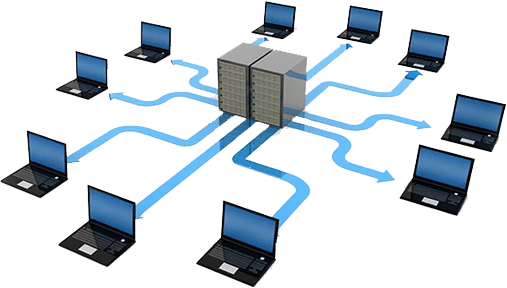Cloud DR provides several important benefits when compared to more traditional DR strategies:
Pay-as-you-go options. Organizations that deployed do-it-yourself (DIY) DR facilities faced significant capital costs, while engaging managed colocation providers for off-site DR services often locked organizations into long-term service agreements. A major advantage of cloud services is the pay-as-you-go paradigm, which enables organizations to pay a recurring monthly charge only for the resources and services that are used. As resources are added or removed, the payments change accordingly.
In effect, the cloud model of service delivery turns upfront capital costs into recurring operational expenses. However, cloud providers frequently offer discounts for long-term resource commitments, which can be more attractive to larger organizations with static DR needs.
Flexibility and scalability. Traditional DR approaches, usually implemented in local or remote data centers, often imposed limitations in flexibility and scalability. The business had to buy the servers, storage, network gear and software tools needed for DR, and then design, test and maintain the infrastructure needed to handle DR operations -- substantially more if the DR was directed to a second data center. This typically represented a major capital and recurring expense for the business.
Cloud DR options, such as public cloud services and disaster recovery as a service (DRaaS) providers, can deliver enormous amounts of resources on-demand, enabling businesses to engage as many resources as necessary -- usually through a self-service portal -- and then adjust those resources when business demands change, such as when new workloads are added or old workloads and data is retired.
High-reliability and geo-redundancy. One essential hallmark of a cloud provider is a global footprint, ensuring multiple data centers to support users across major global geopolitical regions. Cloud providers use this to improve service reliability and ensure redundancy. Businesses can readily take advantage of geo-redundancy to place DR resources in another region -- or even multiple regions -- to maximize availability. The quintessential off-site DR scenario is a natural trait of the cloud.
Easy testing and fast recovery. Cloud workloads routinely operate with VMs, making it easy to copy VM image files to in-house test servers to validate workload availability without affecting production workloads. In addition, businesses can select high bandwidth and fast disk I/O (input/output) options to optimize data transfer speeds to meet recovery time objective (RTO) requirements. However, data transfers from cloud providers impose costs, so testing should be performed with those data movement -- cloud data egress -- costs in mind.


































